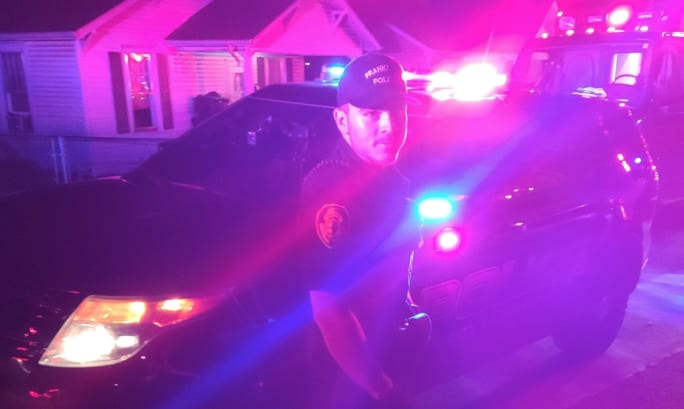In Kentucky an officer will spend six to seven months in the academy, including downtime for holidays, the chief says. Given that half-year time when the military will foot the bills, rough per-officer cost savings can be easy to estimate.
“For us it would roughly estimate just in salary alone about $23,000 or $24,000, but then you figure in the saving from the fringe such as the insurance and stuff. So, it could save upwards of $40,000 to $50,000,” Bowman says. “I only get to see the numbers on salary. That's the big thing that helps me, HR takes care of the fringe side of it. But I think a new officer cost us close to $80,000 to $82,000 a year after fringe. So, you figure if somebody's in academy for six or seven months you’re saving half of that with every applicant.”
The state’s first M-2-LE hire, Catania, is now learning from a field training officer (FTO) and the chief call’s the Army veteran an “amazing officer.”
“He’s doing great, no complaints at all. Hiring him we knew we were getting somebody with discipline that he had learned in the military, somebody that had a strong work ethic. And he was exactly what we thought we had,” the chief explains.
Bowman works to interact and keep in touch with possible M-2-LE applicants, starting sometimes even before they reach the 18-month period where they prepare for transition to civilian life. Just in recent days, he has been in communication with three possible applicants.














